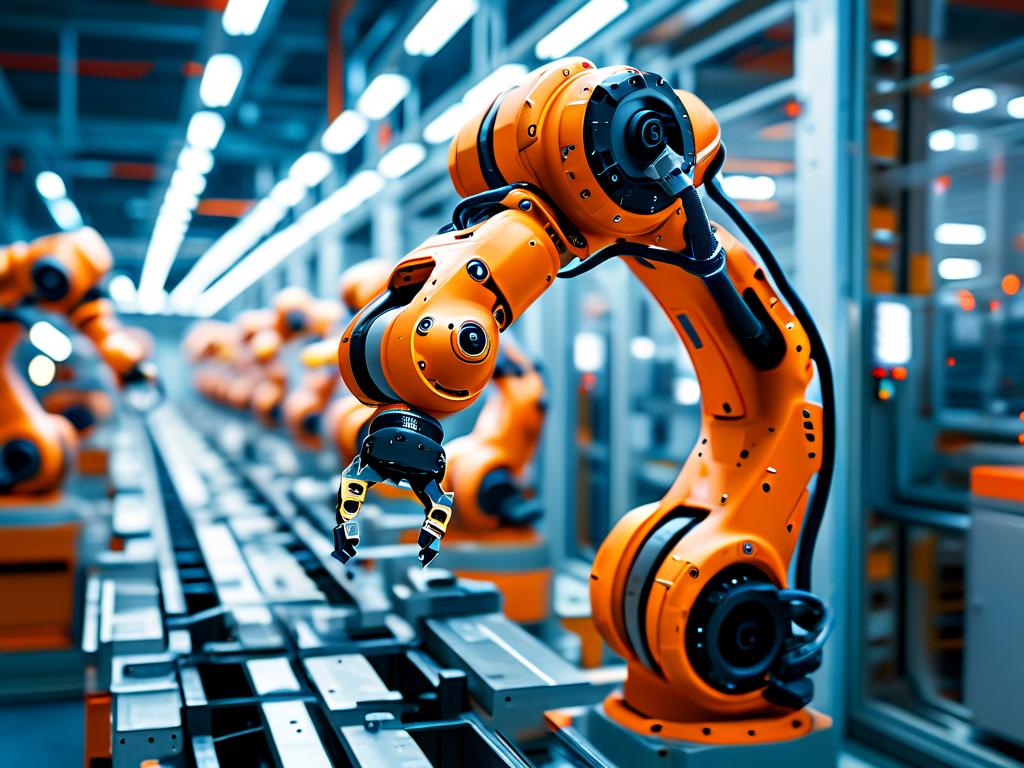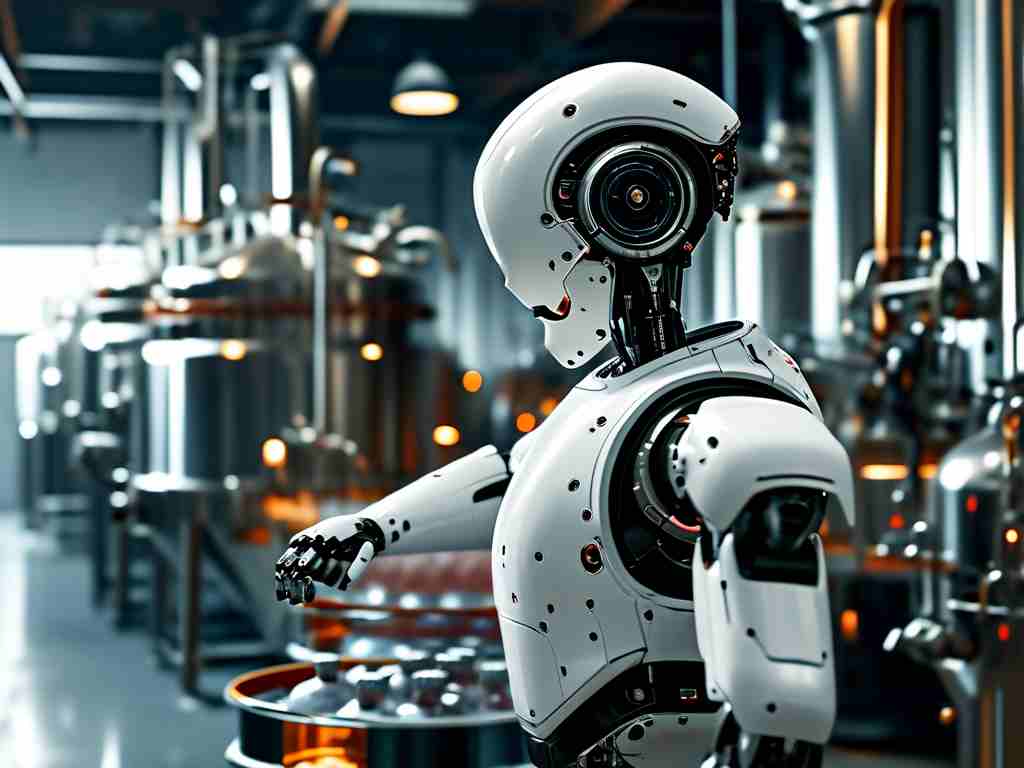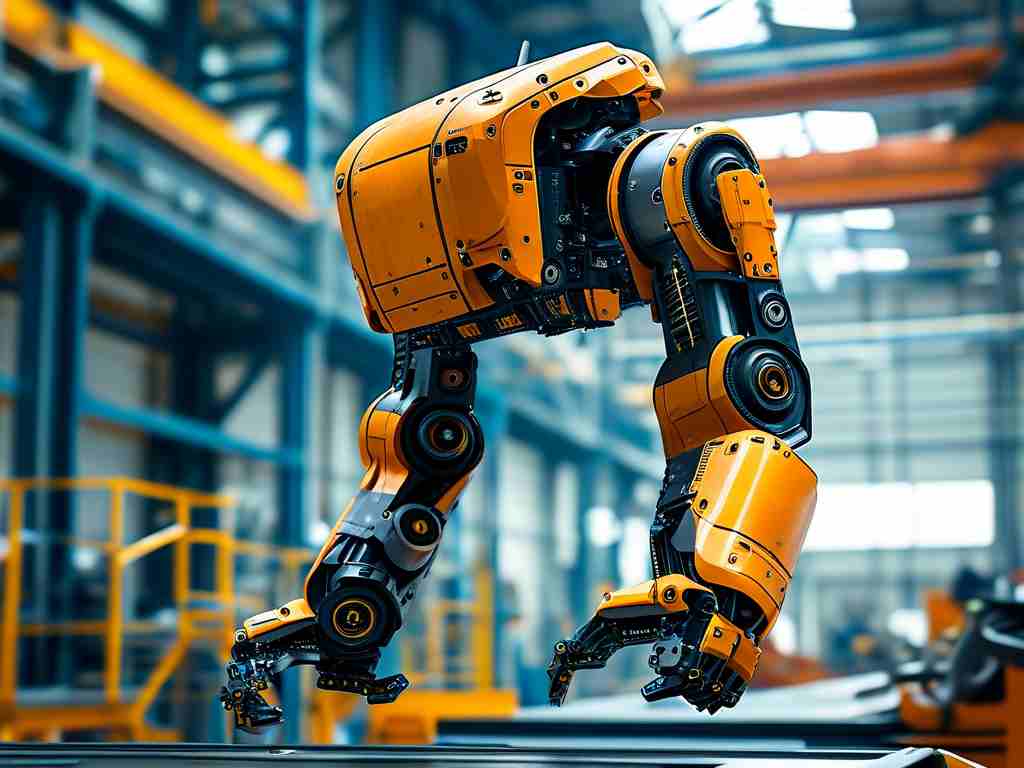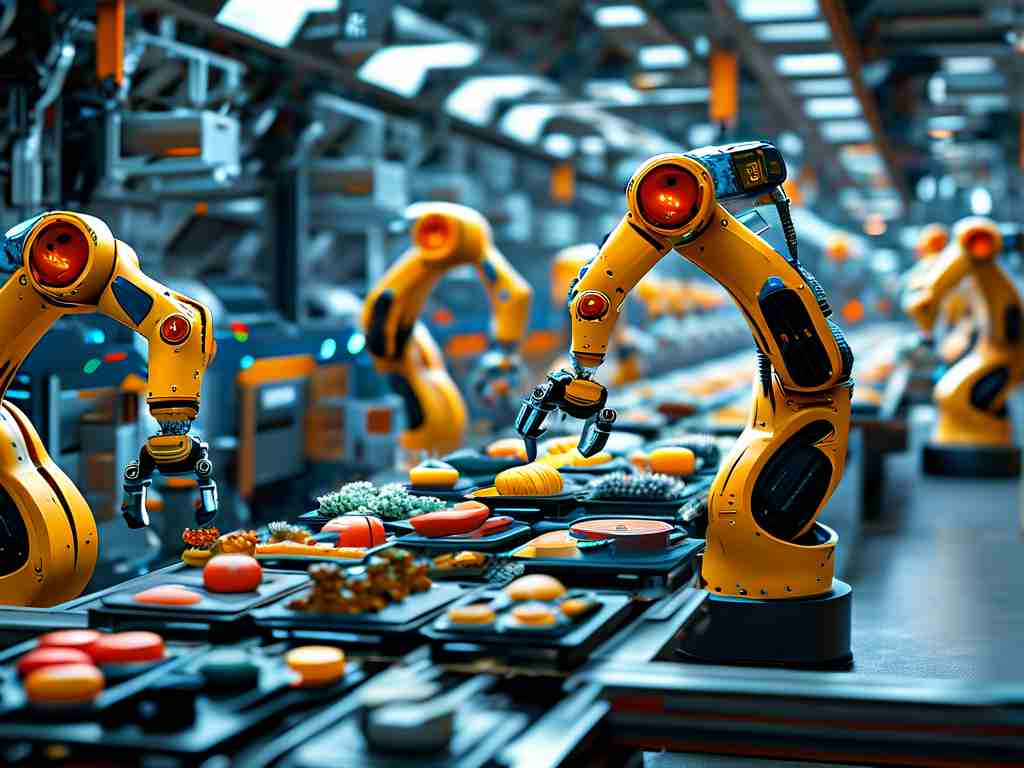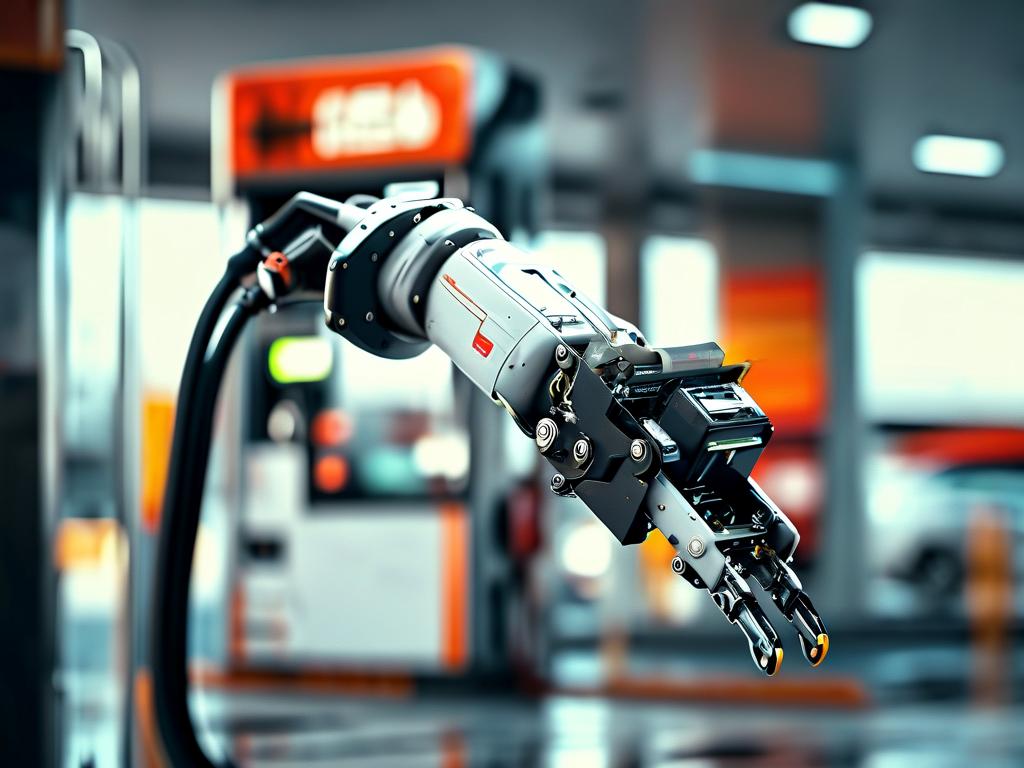The integration of robotics with traditional performance arts has reached a new milestone through the development of robotic silk kerchief rotation technology. This innovation combines precision engineering, adaptive motion algorithms, and cultural preservation, offering a fresh perspective on how machines can interact with delicate artistic practices.
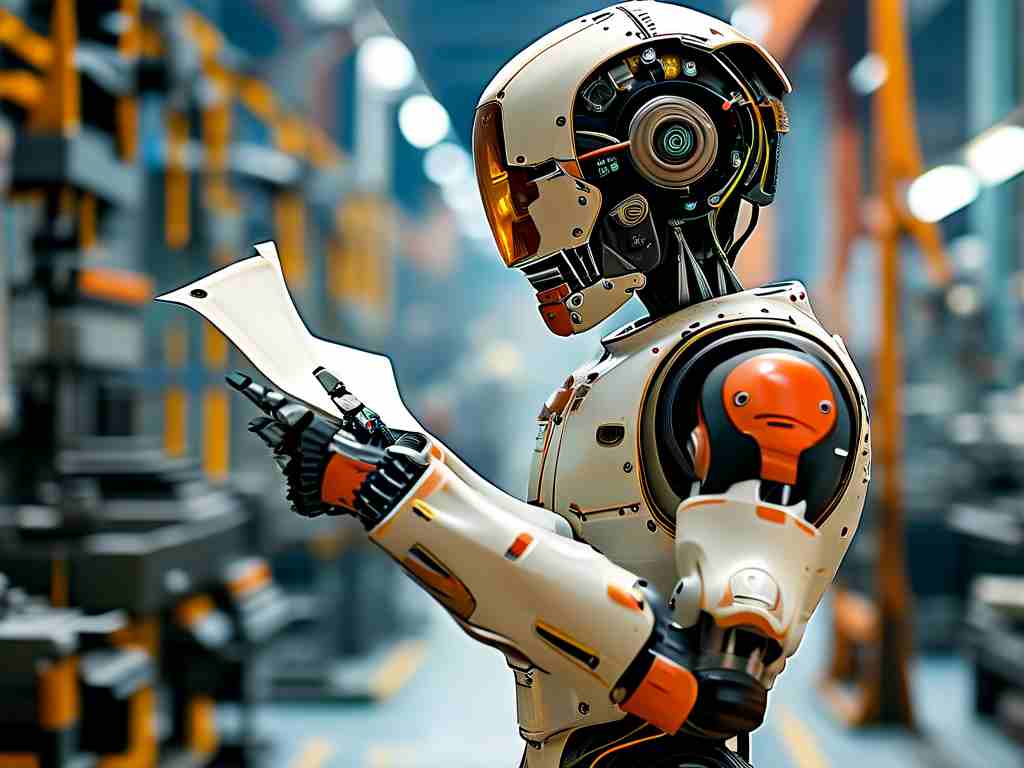
Historical Context and Technical Challenges
Silk kerchief rotation, a staple in Chinese folk performances, requires intricate hand movements to spin fabric seamlessly. Replicating this art form through robotics posed significant challenges. Traditional robots lack the fluidity to handle lightweight, flexible materials like silk, often causing disruptions in motion continuity. Early attempts in 2018 by researchers at Shanghai Tech University revealed that rigid robotic arms failed to mimic the wrist flexibility of human performers, resulting in erratic spins or fabric entanglement.
Breakthroughs in Material and Motion Design
A multidisciplinary team from Tsinghua University addressed these limitations by redesigning both hardware and software components. Their prototype, unveiled in 2023, features a hybrid gripper system combining vacuum suction for stability and silicone-based micro-claws for texture adaptation. This dual mechanism allows the robot to adjust grip strength dynamically, preventing slippage without damaging the fabric.
The motion control system employs a three-layered algorithm:
- A physics engine simulating airflow and fabric dynamics
- Reinforcement learning for real-time trajectory optimization
- A fail-safe module using millimeter-wave radar to detect edge deformation
Code snippet for the core rotation logic:
def calculate_spin_parameters(fabric_weight, air_resistance):
base_speed = 120 # RPM
adaptive_factor = (fabric_weight * 0.8) + (air_resistance * 1.2)
return base_speed * adaptive_factor
Cultural Applications and Industry Impact
Beyond artistic replication, this technology has practical applications in textile manufacturing and rehabilitation therapy. Guangzhou-based Lingyun Textiles has adapted the rotation mechanism for quality control systems, reducing fabric inspection time by 40%. In healthcare, therapists at Beijing Rehabilitation Center utilize modified versions to help patients recover fine motor skills through guided kerchief manipulation exercises.
Ethical Considerations and Future Directions
While the technology enhances preservation of intangible cultural heritage, debates emerge about authenticity in automated performances. Master performer Li Xiaofeng argues: "Machines can replicate movements but not the soul behind centuries-old traditions." Developers counter that robotic systems serve as complementary tools rather than replacements, noting increased youth engagement through tech-infused workshops.
Ongoing research focuses on multi-kerchief manipulation and collaborative human-robot performances. The Hangzhou Institute of Advanced Robotics recently demonstrated a system where drones and robotic arms jointly execute complex patterns, synchronized with live musicians.
As this field evolves, it establishes a blueprint for merging technological innovation with cultural stewardship—proving that the dance between tradition and progress can itself become an art form.



